#{Title}
#{Copy}
The completed refurbishment of the Electrical Supply Board’s 45,000m² office building within a famous Georgian streetscape, has seen BDP’s building services engineers and sustainability consultants create one of the most sustainable workplaces in Ireland.
The redevelopment of the headquarters in Dublin also presented BDP’s M&E engineers with an opportunity to research and contribute towards the advancement of a sustainable measures for future workplaces across Ireland.
The building, which opened in July 2022, offers a new approach to office design, serving as an important precedent of how the next generation of offices can be conditioned with a fraction of the energy that is typically used.
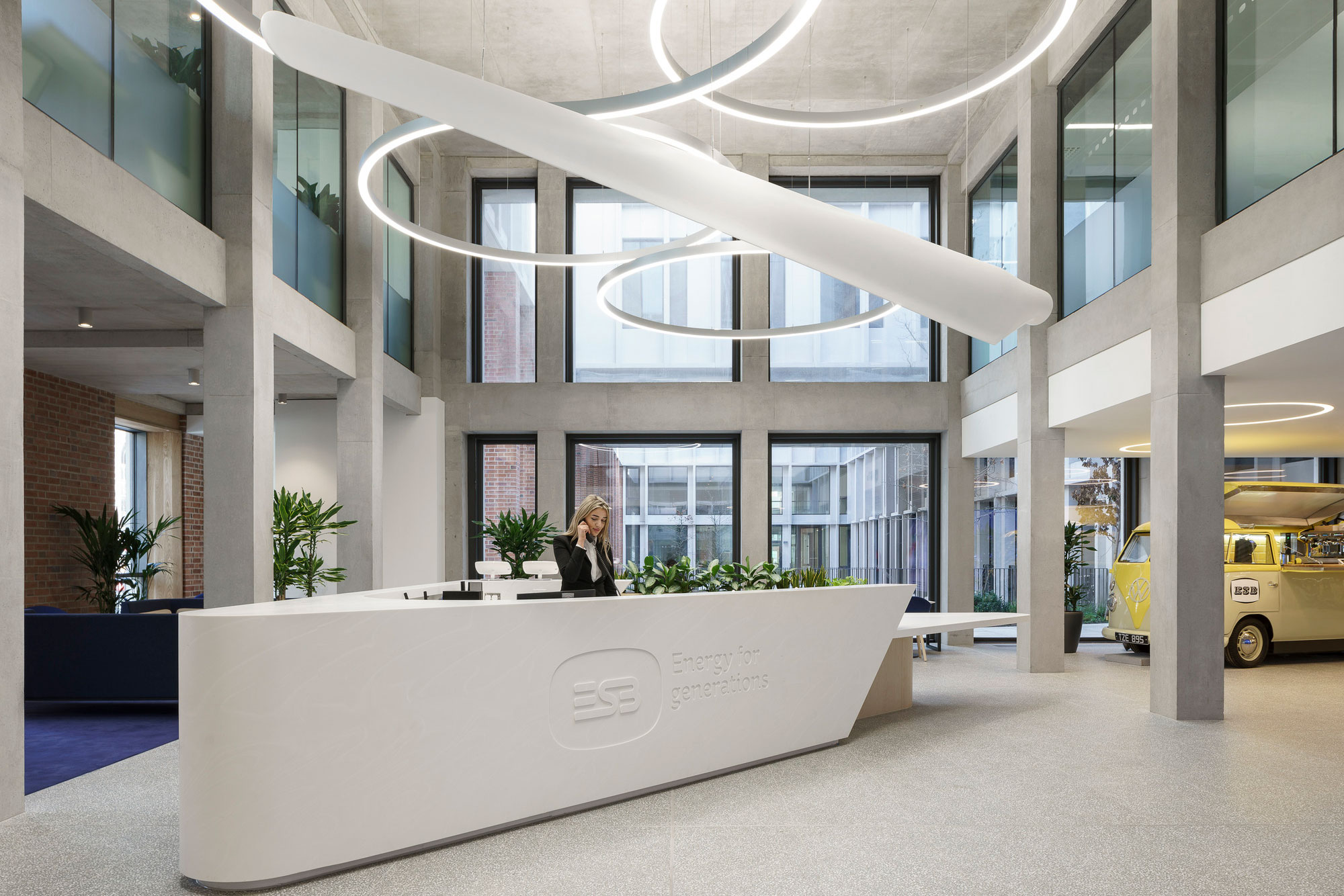
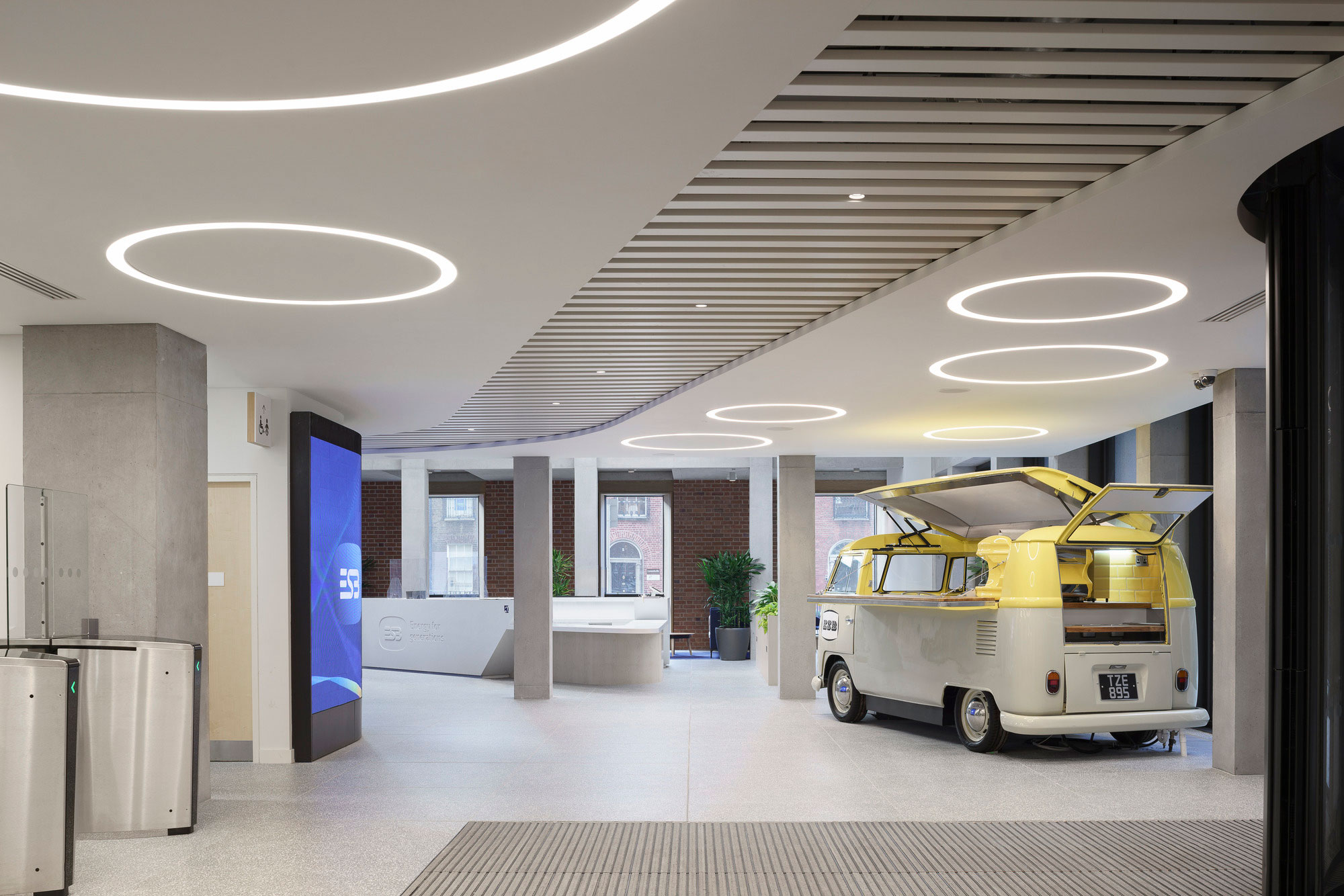
Most significantly, a new form of hybrid ventilation takes advantage of the exceptional natural cooling potential available in Ireland while providing an office space with an environmental space quality that exceeds traditional ventilation options. The solution combines the best of natural ventilation, mechanical ventilation and active cooling. It produces both better air quality and lower energy usage than any of these solutions individually.
BDP’s Building Services Engineering Director, Chris Croly, explains: “When the Electrical Supply Board for Ireland approached us to take a 45,000m² office develop the most sustainable workplace in Ireland, we couldn’t wait to get started. The project also offered an excellent opportunity to research passive house techniques, phase change materials, solar control, natural ventilation, daylight and biodiversity to formulate the next generation of sustainable office design.
“Almost every energy system has been reimagined, including a series of heat pumps, phase change stores and a ground loops that work together to move energy seamlessly around the building. In addition to the use of advanced technology, the building also includes a number of simple, low cost new solutions such as the use of single coil, four pipe fan coil units that offer dramatically lower energy consumption at a reduced install cost.”
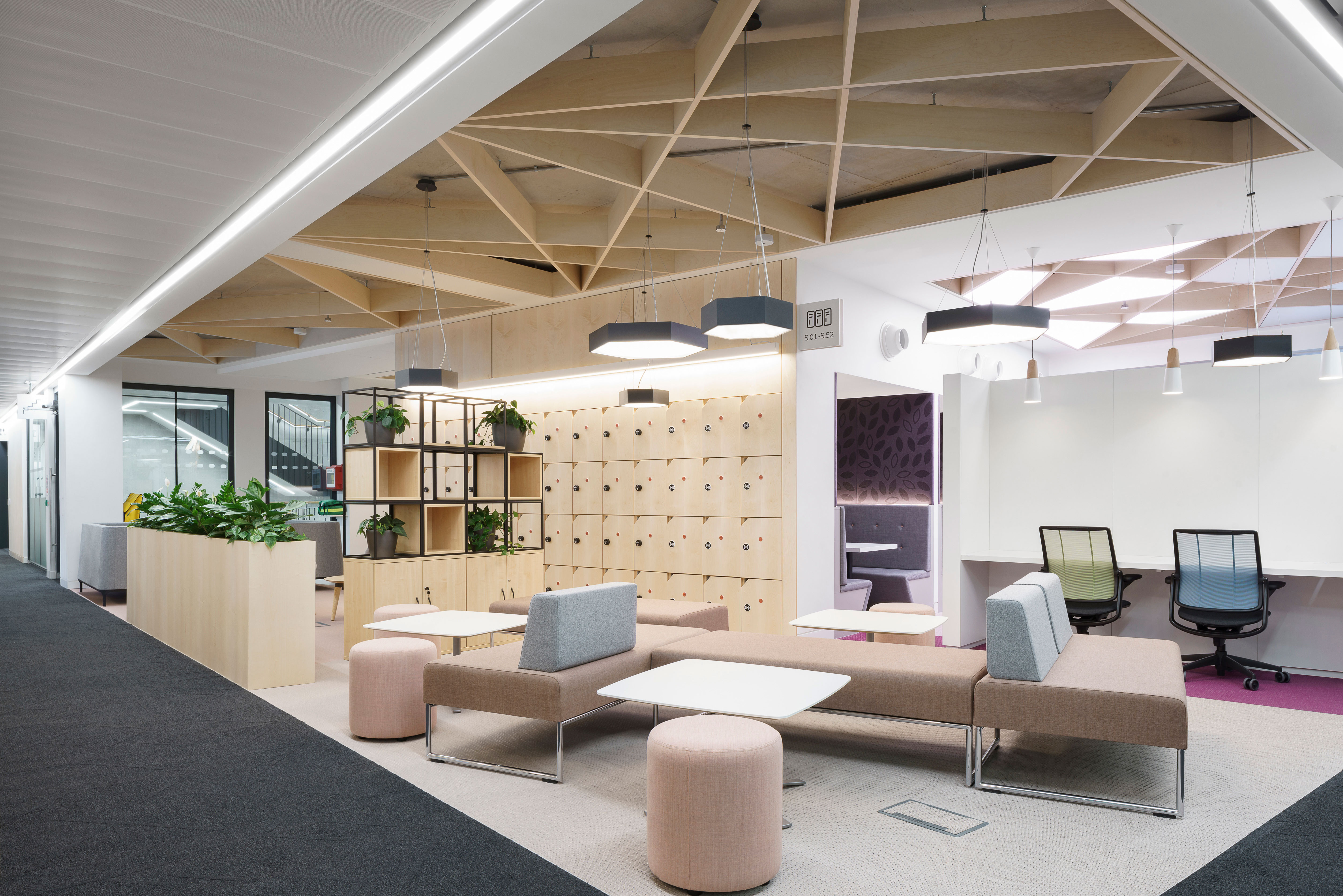
The project contains two office buildings within one city block. The first office is used as the ESB’s headquarter offices and will also serve as a research tool. It provides a treasure trove of new techniques and technologies for next generation offices.
The second building includes many of the same techniques but is optimised for the commercial market. Almost all large commercial offices are sealed, air conditioned buildings with traditional services and it was important to create a sustainable alternative that could stand as a precedent.
Croly continues: “In most buildings solar control is applied to all glazing, or at least to all glass that forms part of a particular facade. In this building a detailed study was undertaken to select the most appropriate location for solar control glass, taking account of not only the orientation of each facade but also the shading provided by adjacent structures and other parts of the building. We adjusted the glazing dimensions and solar performance to suit each area, reducing overheating in some places and decreasing the heating load in others.”
Cooling is provided using a priority cascade including the recovery of cooling from domestic hot water heating, free cooling provided by a 4.8km closed loop ground collector, recovery from any live heating demands in the building and a phase change store used to transfer any remaining cooling loads to night rate.
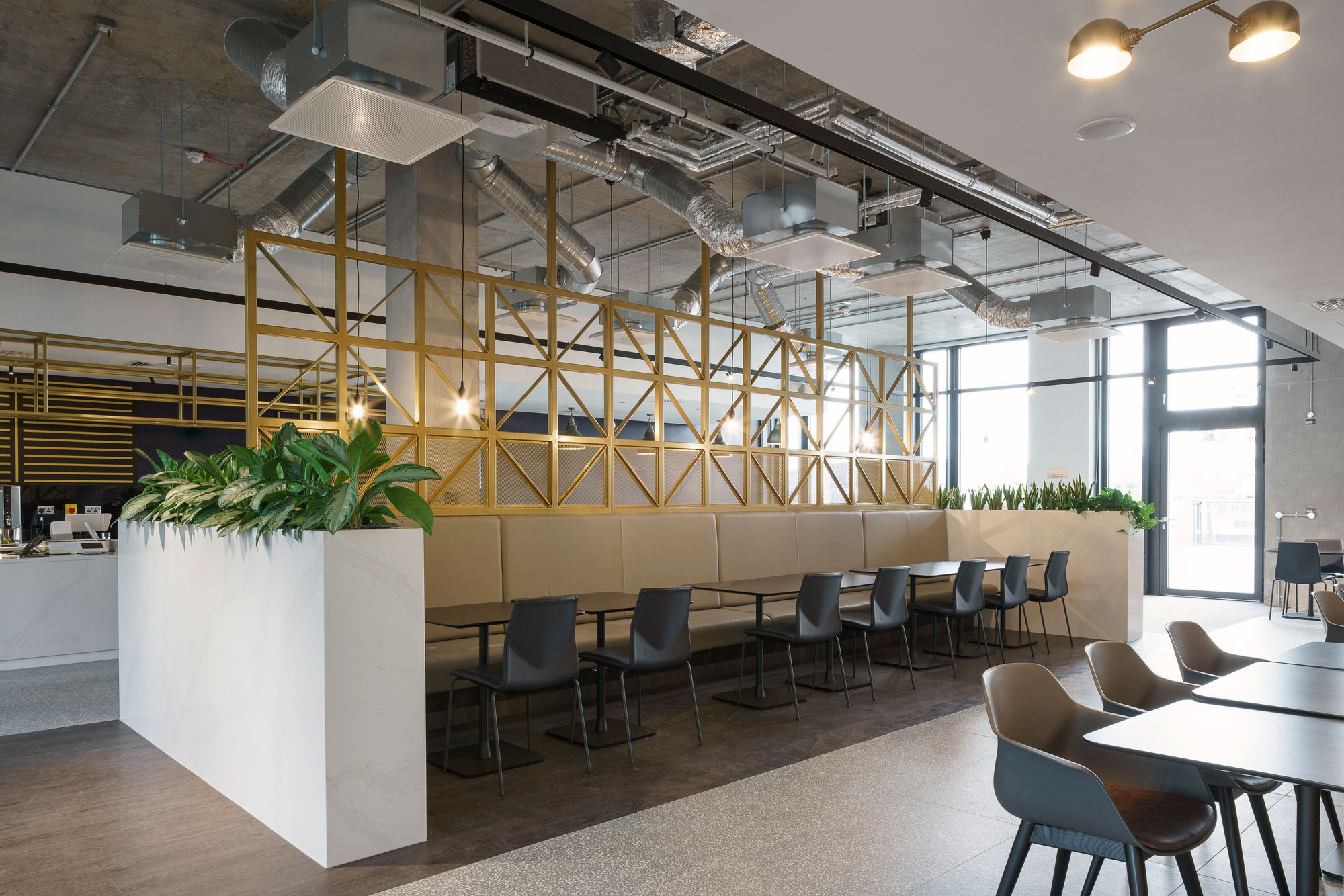
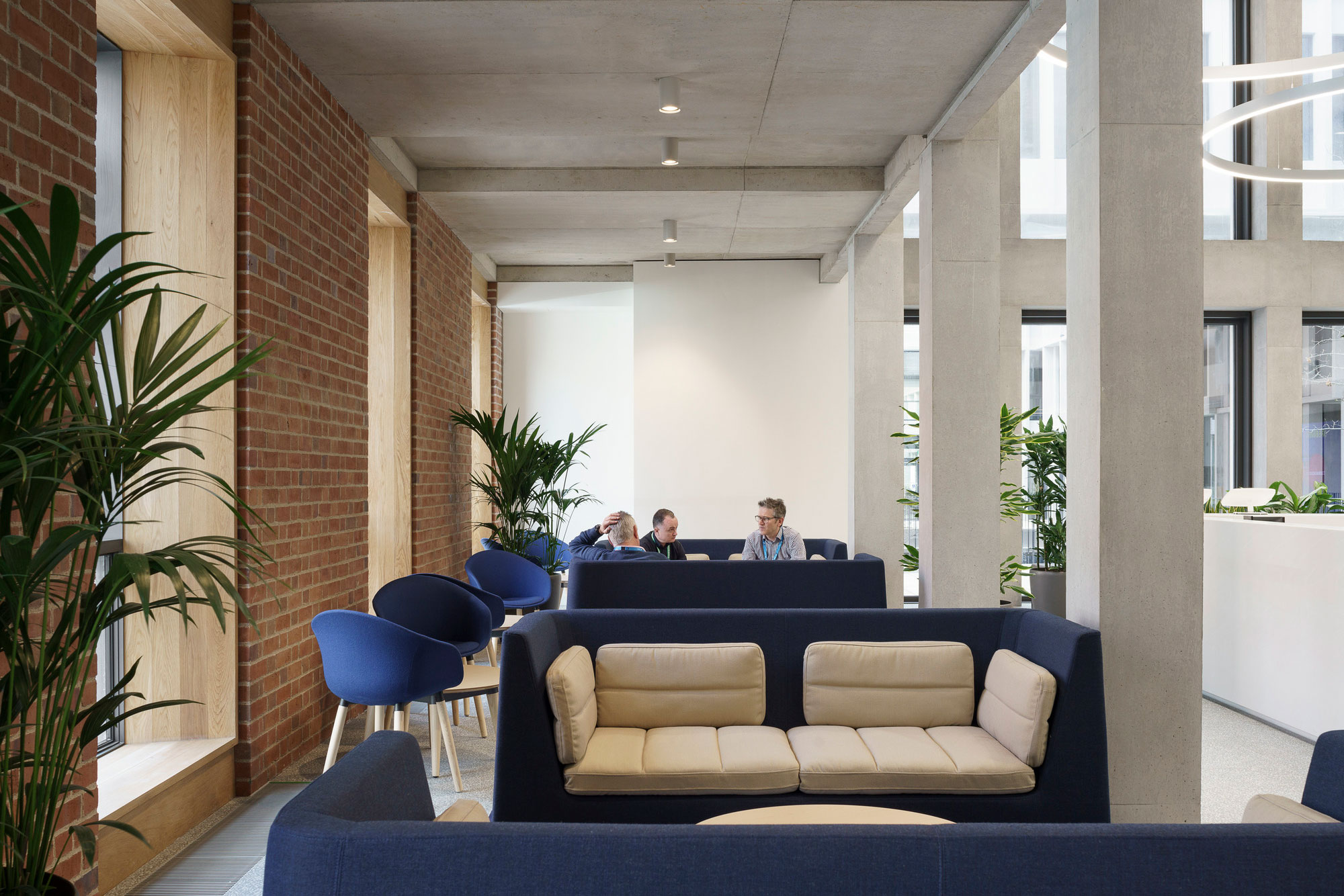
Additionally, initial monitoring has shown that there is almost zero heating required and that heat used is almost entirely recovered from cooling loads such as computer rooms.
The building is also set around a series of planted courtyards with all office areas having access to external spaces, natural light and ventilation. Setting courtyards back from the street allowed natural ventilation with less traffic noise and improved air quality and a ground water well is used to provide local water for flushing and irrigation.
As it is designed as a zero local pollution building with no fossil fuel connections - even for cooking - the operational carbon impact of the building will approach zero with the national grid.
Grafton Architects and O’Mahony Pike acted as the architects for the project.
